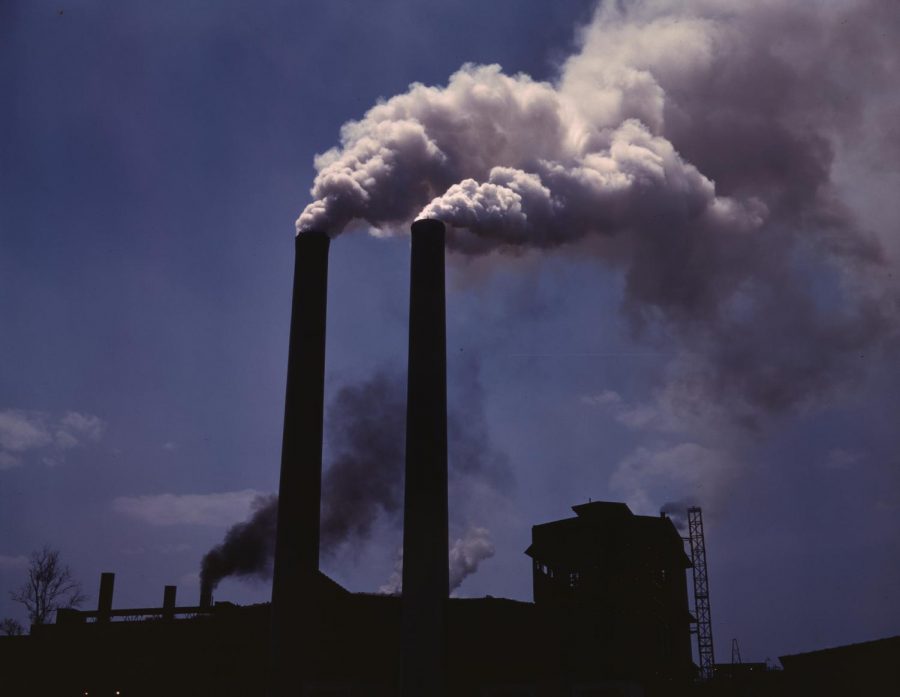Pandemic exhibits positive environmental side effects
With many industries closed down during quarantine, air pollution has decreased significantly worldwide.
“Don’t go out.” You’ve probably read this phrase plenty of times in the news so far. While the number of states that have issued stay at home orders has reached 42 as of April 6, 2020, many are left wondering what the outside world feels like.
Prior to the COVID-19 crisis, places like Los Angeles and New York City were two well-known American cities where air pollution is common and widespread. Now that COVID-19 has reached the United States, it has forced many people who live and work in these cities to no longer inhabit the streets. This, in turn, has led to a significant decrease in air pollution and CO2 emissions.
Of course, logically, this change makes sense. Because people are staying inside, major contributors to air pollution such as restaurants and big buildings are forced to shut down. As more and more people continue to work from home, the need for these buildings to continue running is no longer necessary.
Travel bans have also helped reduce air pollution. According to the International Migration Organization, 174 countries, territories and areas around the globe had enacted coronavirus-related travel restrictions in the last month. As domestic and international travel has been restrained unlike anything the aviation industry has seen before, popular pollutants like sulfur and nitrogen oxides are no longer being released into the air.
This side effect caused by COVID-19 is being felt globally. Countries like China, South Korea, Italy and the UK have also reported a significant decline in air pollution. It’s no coincidence that countries who have been hit hard by the pandemic since the beginning of the outbreak are also now reporting lower levels of pollutants in their country. Aside from essential workers and the occasional necessary trip to the grocery store, people are no longer using cars for transportation. This is relieving the pressures car exhaust and other car-related pollutants typically put on our atmosphere.
Among other cities, researchers at Columbia University have also been monitoring these changes in the New York City area with a focus on pollutants related to traffic, like CO2 as well as carbon monoxide, a deadly toxin whose side effects include dizziness and in extreme cases death.
“New York has had exceptionally high carbon monoxide numbers for the last year and a half,” said Columbia University, Professor Róisín Commane, who carried out the New York air monitoring work for BBC. “And this is the cleanest I have ever seen it. It’s less than half of what we normally see in March.”
While the global pandemic poses serious health risks to the human population, this side effect of the crisis may prove to do the exact opposite. A drop in air pollution is saving lives.
“In New York City, for example, PM2.5 levels actually fell 30 percent from 2009 to 2017, which has presumably saved many lives during the current pandemic,” said Beth Gardner in a recent article for National Geographic.
As Earth Day approaches, climate activists are using this as an opportunity to advocate for the continuance of practices that reduce air pollution substantially, such as the ones currently in place. Only time will tell if the lessons learned now could somehow be applied in the future when the environment is well-rested and its inhabitants are healthy and can breathe clean air again.

Gissel Inamagua is the Co-Editor-in-Chief for The Heights Herald. She is involved in numerous activities here at CHHS. Currently, she is the captain of...







